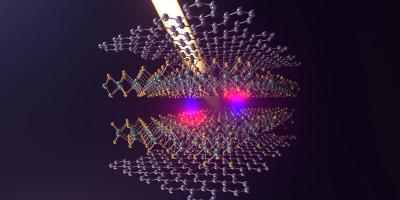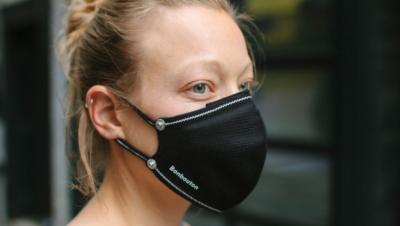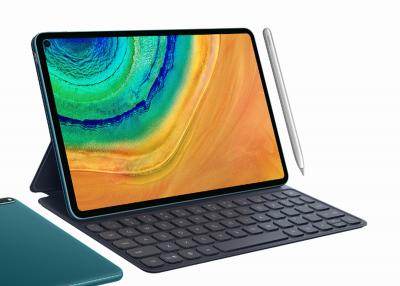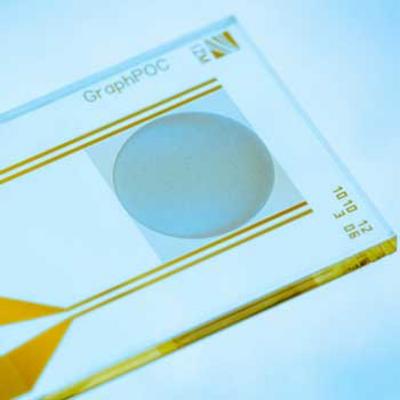Cooling graphene causes buckling that could further the search for quantum materials
Graphene buckles when cooled while attached to a flat surface, resulting in patterns that could benefit the search for novel quantum materials and superconductors, according to a recent Rutgers-led research.
Quantum materials host strongly interacting electrons with special properties, such as entangled trajectories, that could provide building blocks for super-fast quantum computers. They also can become superconductors that could slash energy consumption by making power transmission and electronic devices more efficient.





